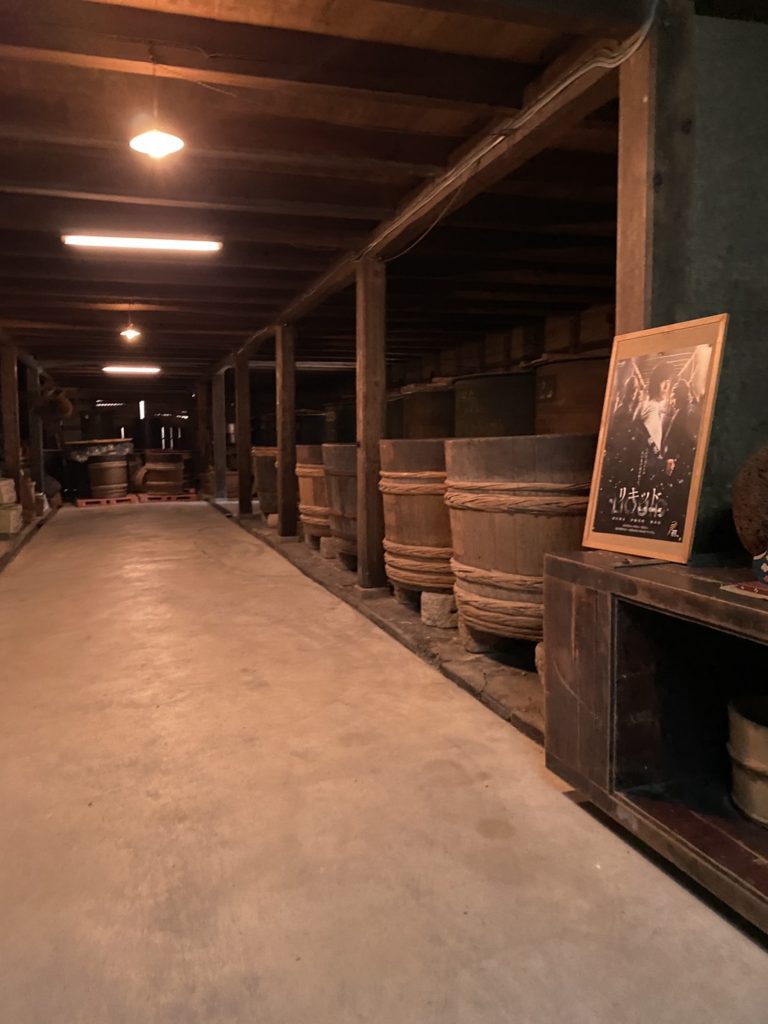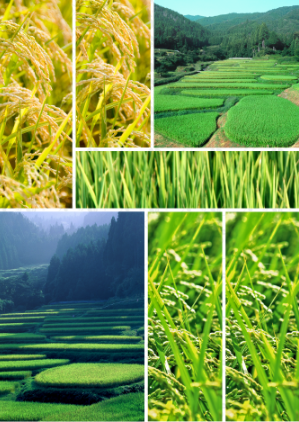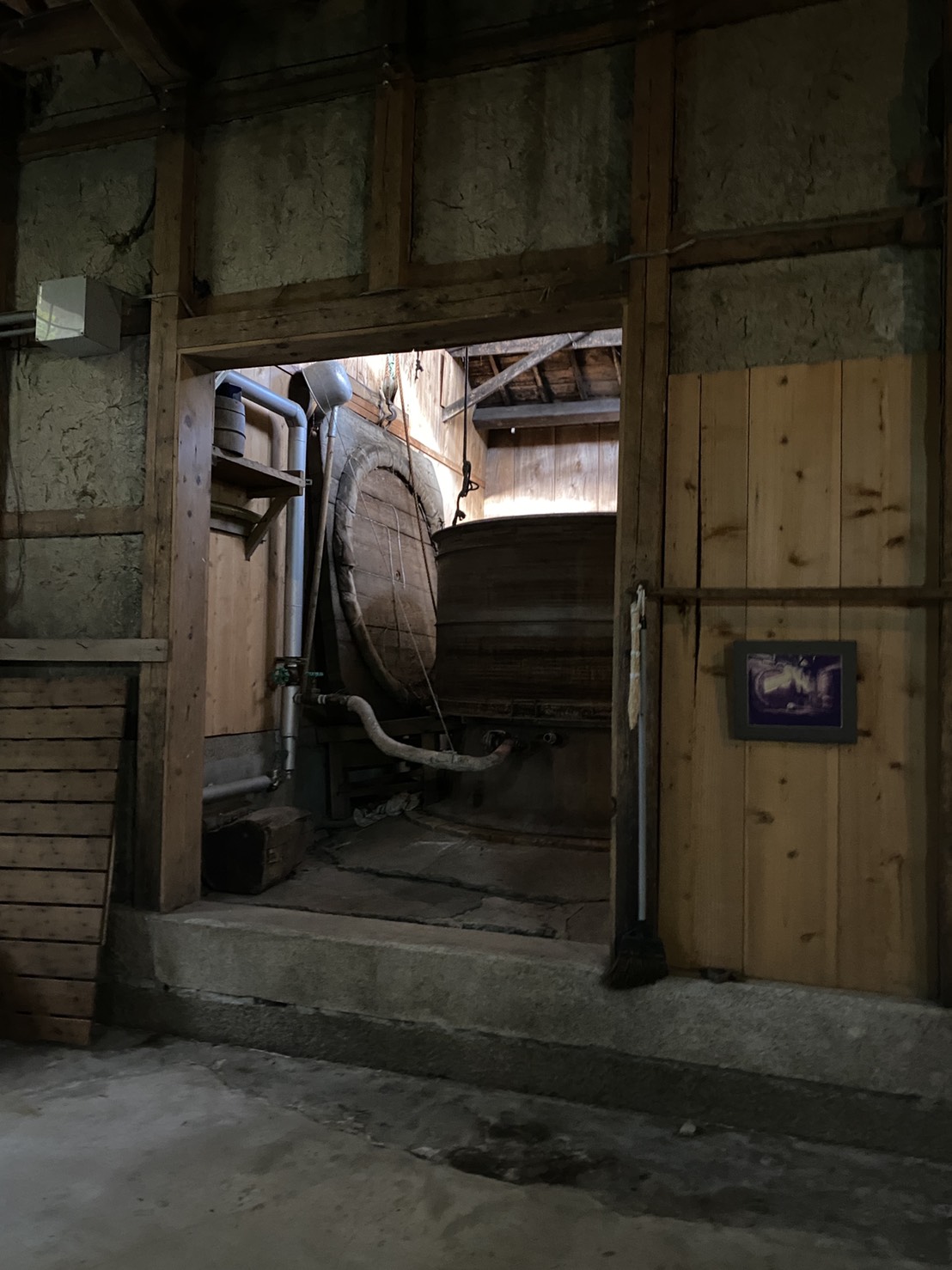Japanese sake, also known as nihonshu, is a traditional alcoholic beverage made from fermented rice. It has a rich history dating back thousands of years and has played an important role in Japanese culture and society.
The origins of Japanese sake can be traced back to the Yayoi period (300 BC – 300 AD), when rice was first introduced to Japan. At this time, sake was made using a simple process involving the crushing of rice, the addition of water and koji, and the fermentation of the mixture. This early form of sake was called kuchikami no sake, or “chewed sake,” because it was believed that the enzymes in human saliva helped to break down the rice and facilitate the fermentation process.
As rice cultivation became more widespread in Japan, the production of sake also increased. The Nara period (710-794 AD) saw the development of a new method of sake production called moto, which involved the use of a starter culture to kickstart the fermentation process. This method, which is still used today, greatly improved the consistency and quality of sake.
During the Heian period (794-1185 AD), sake became an integral part of Japanese culture and was often used in religious ceremonies and as a gift for political and social occasions. It was also during this time that the first sake breweries, or kuramoto, were established. These early breweries were small and operated by families who passed down the skills and knowledge of sake production from generation to generation.

In the Edo period (1603-1868), sake production became more industrialized and the number of breweries increased significantly. The introduction of new technologies such as steam power and the use of copper pots also helped to improve the quality and consistency of sake. At this time, sake was also being exported to other countries, and it became an important part of Japan’s economy.
Today, sake is an important part of Japanese culture and is enjoyed by people of all ages. It is made using a variety of rice, water, and koji, and is brewed using traditional methods that have been passed down for centuries. There are many different types of sake available, ranging from light and fruity to rich and full-bodied, and it can be enjoyed both hot and cold.
In recent years, sake has also gained popularity internationally, with many breweries around the world producing their own versions of the traditional Japanese beverage. Sake has a unique flavour and aroma that sets it apart from other types of alcohol, and it is often enjoyed with Japanese cuisine such as sushi and tempura.
Whether you are a seasoned sake connoisseur or trying it for the first time, sake is a delicious and unique beverage that is sure to impress. Its long and rich history adds to its appeal, and it is a true reflection of Japanese culture and tradition.
Or
Import in bulk and make your own sake brand or RTD sake
 Previous Article
Previous Article Next Article
Next Article
- Categories:
- Share :
 Previous Article
Previous Article Next Article
Next Article
